Happy New Year! And Public Domain Day
Ask a Tech Teacher
JANUARY 1, 2024
Some history from Wikipedia: “It could have entered the public domain in four different years: first in 1955, renewed to 1986, then to 2003 by the Copyright Act of 1976, and then to 2023 by the Copyright Term Extension Act (also known pejoratively as the “Mickey Mouse Protection Act”) of 1998. As of January 1st, it is available to all.


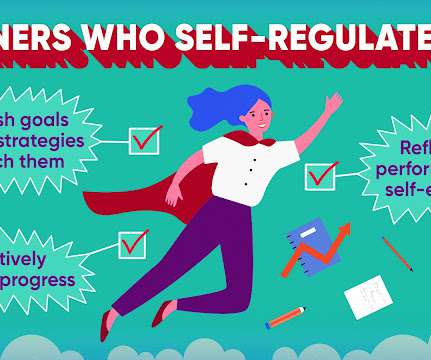

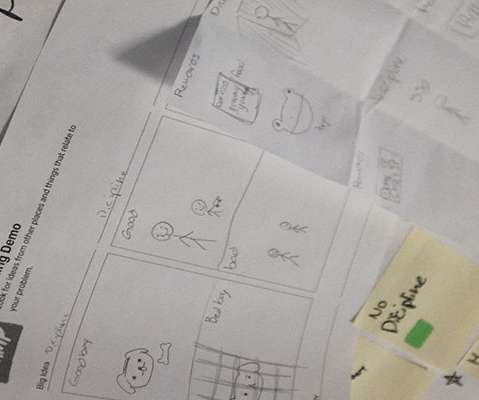
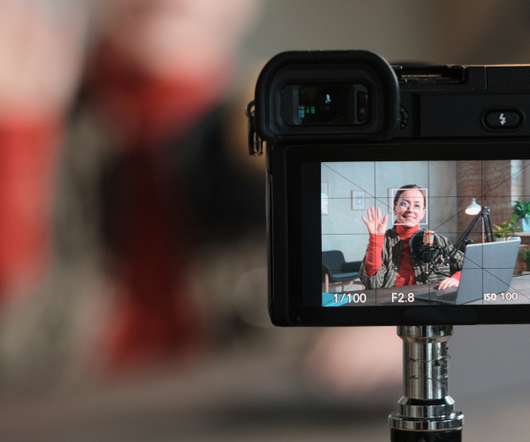







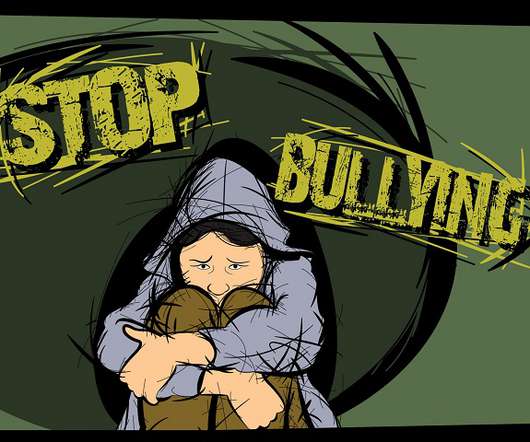
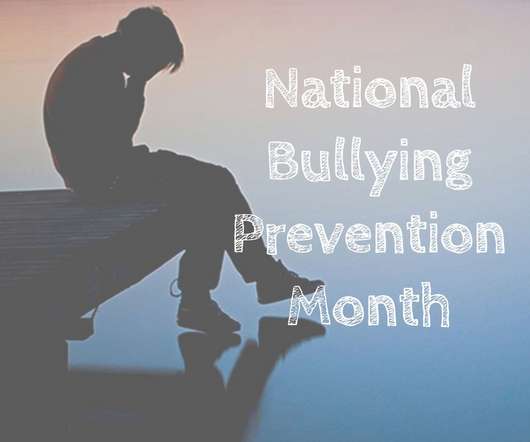












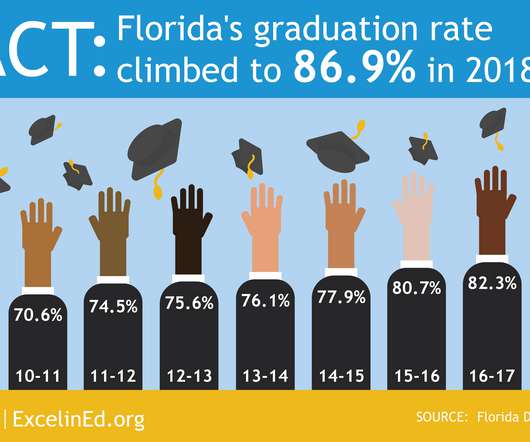
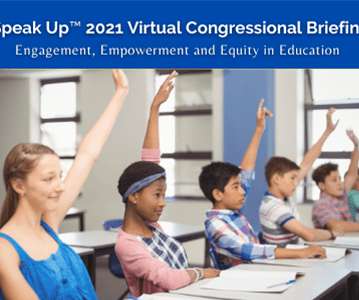







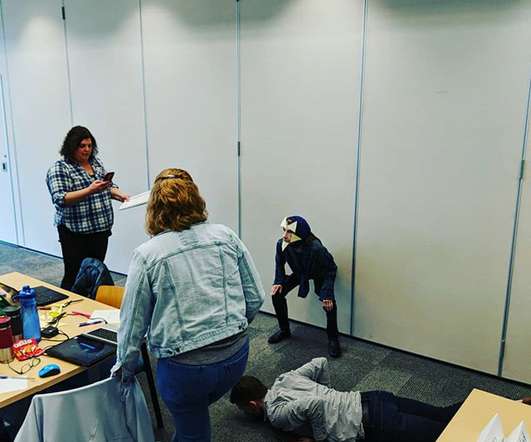









Let's personalize your content